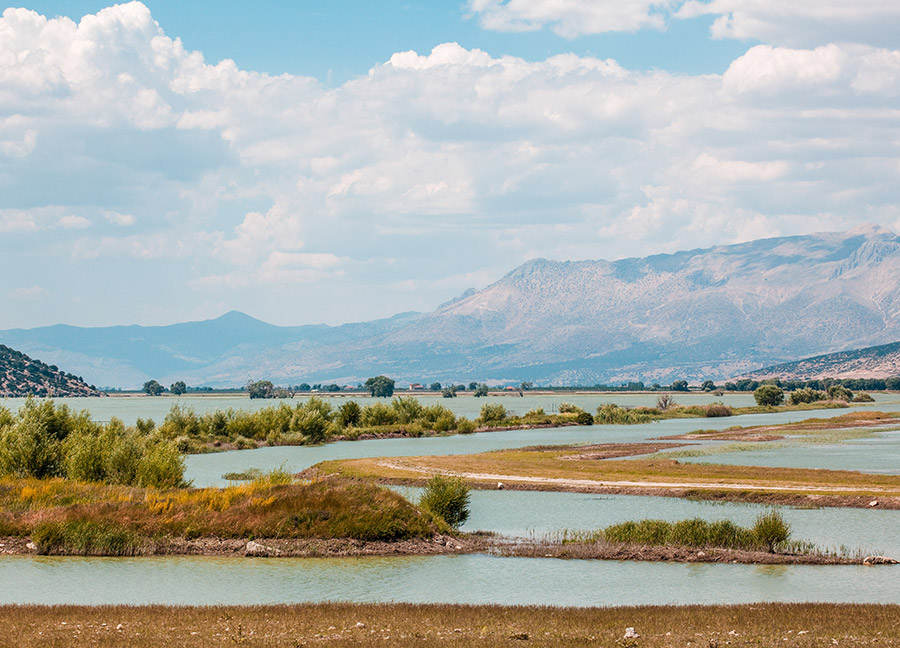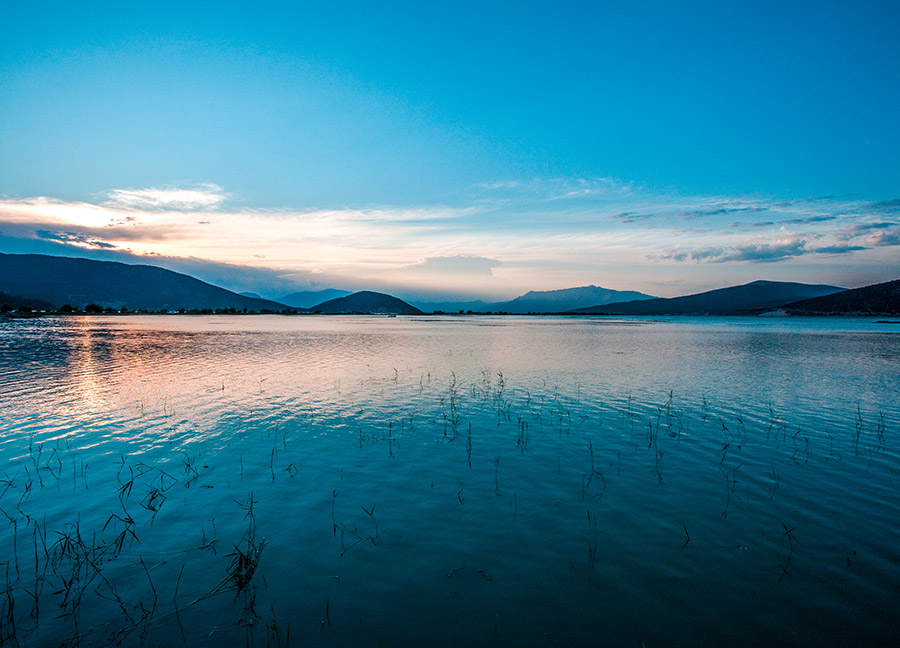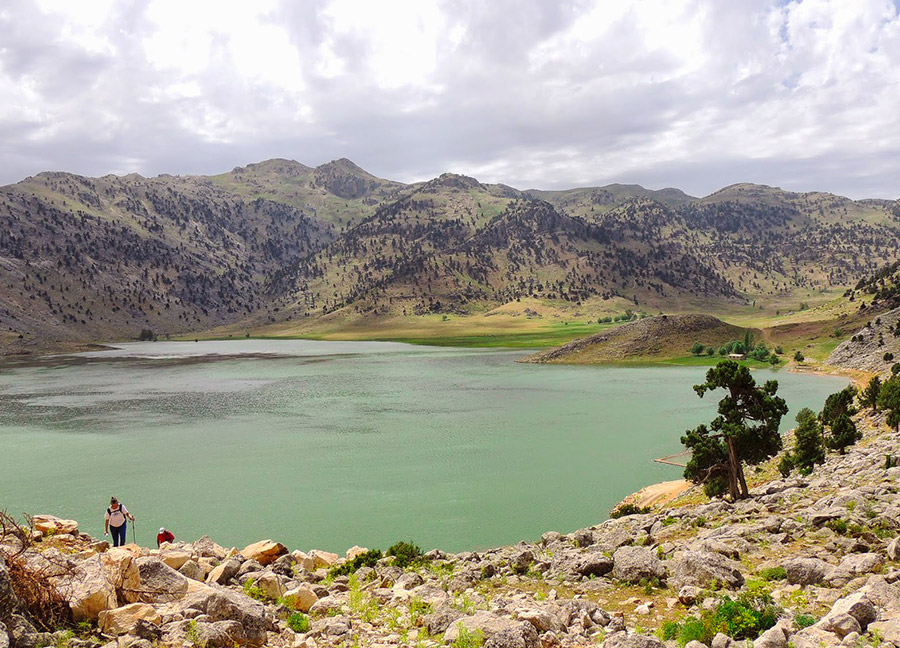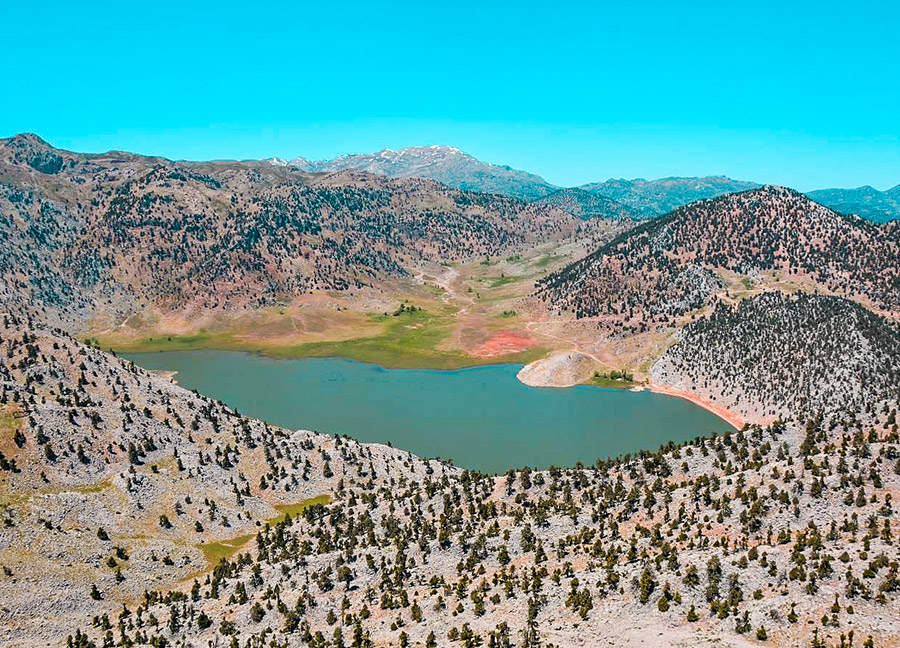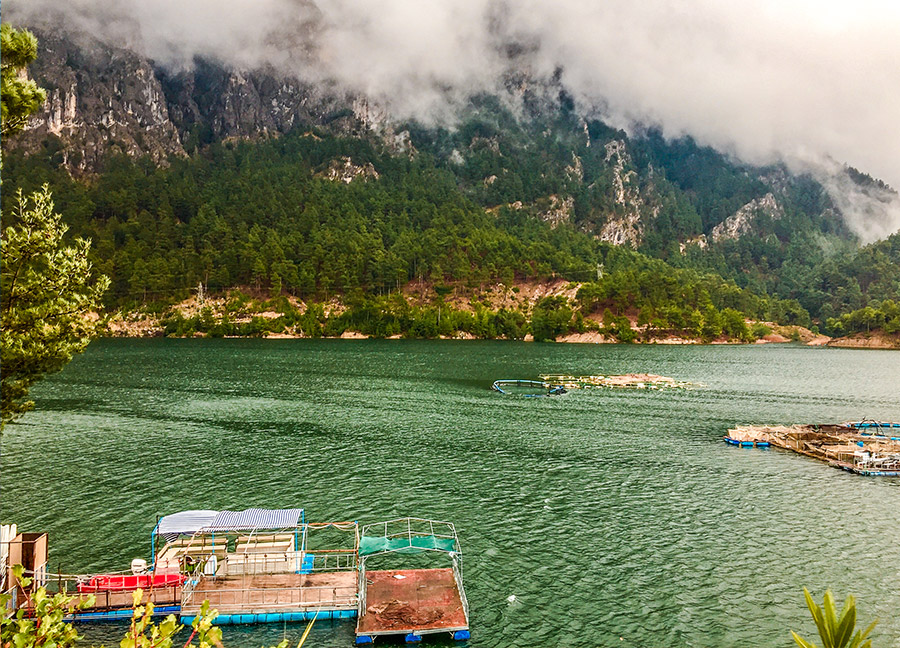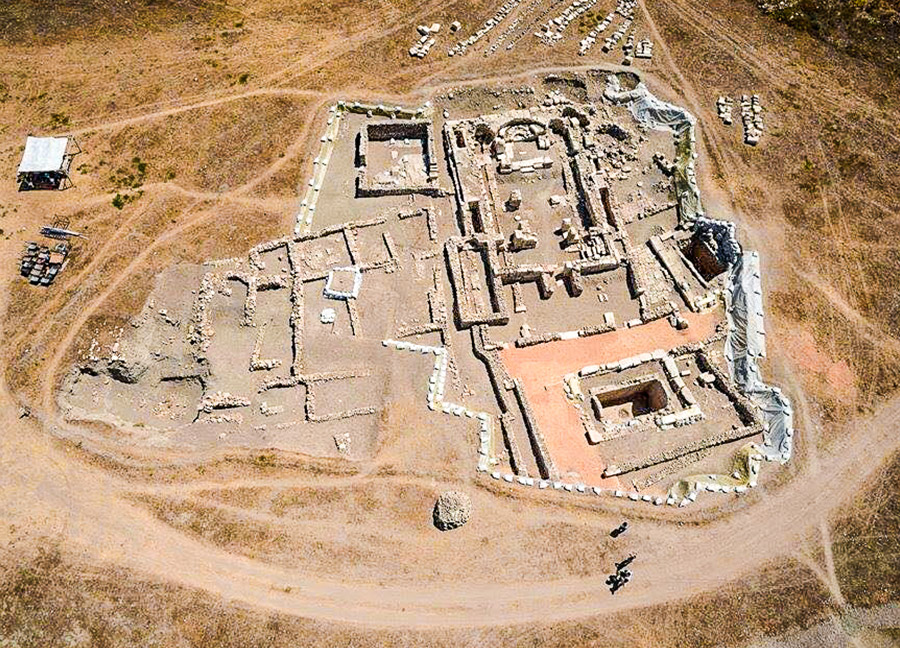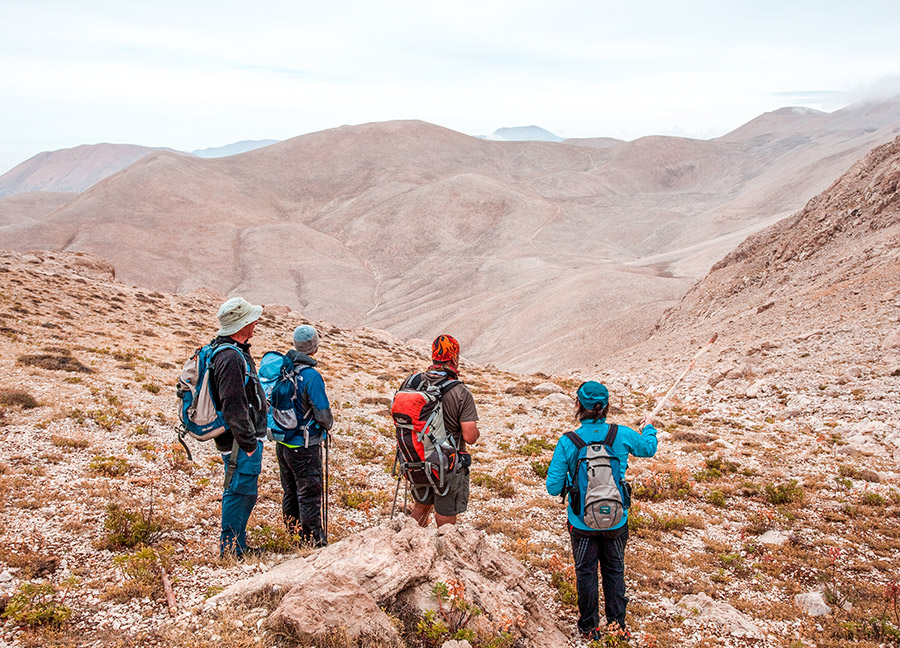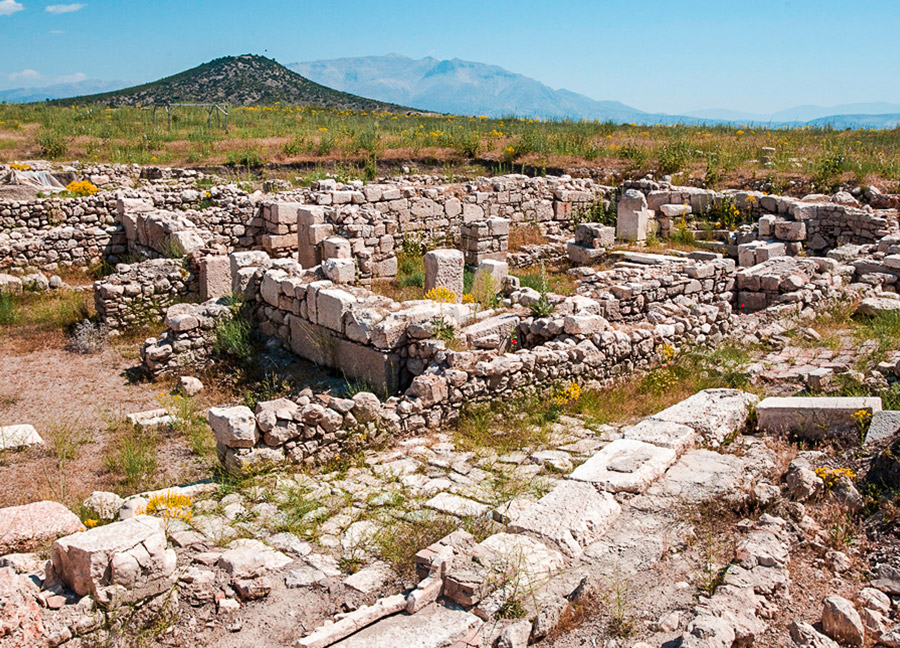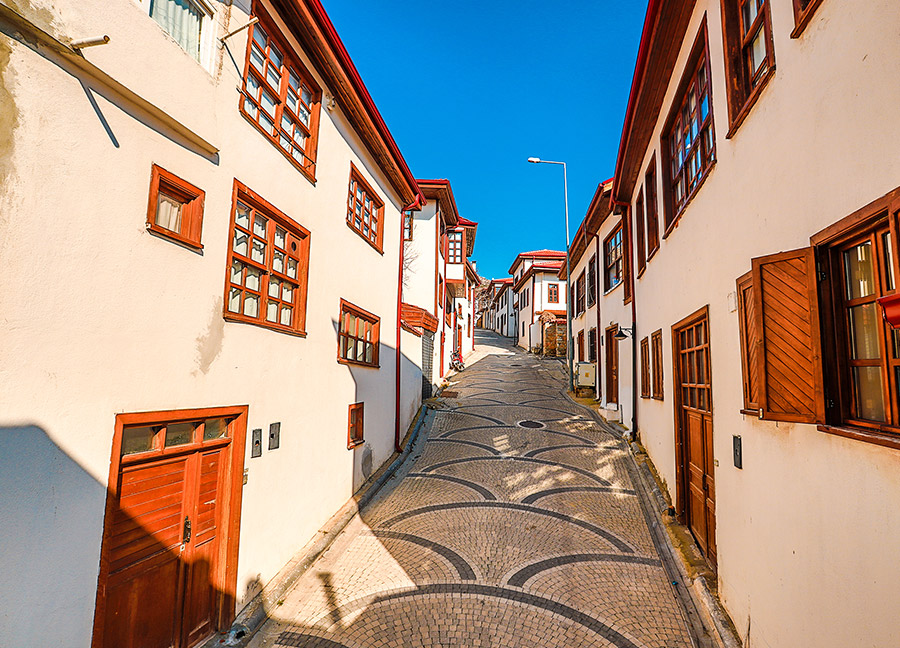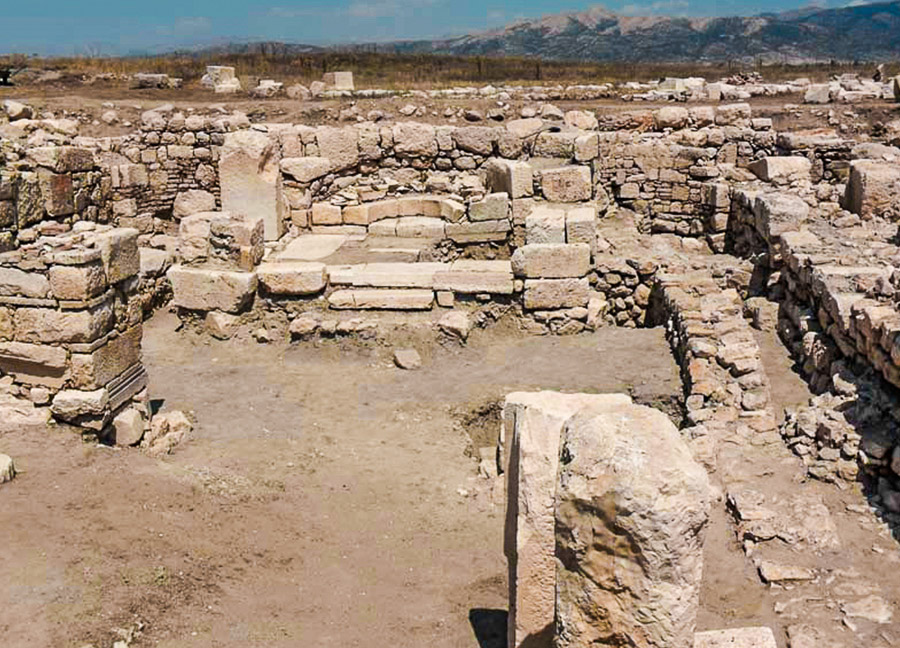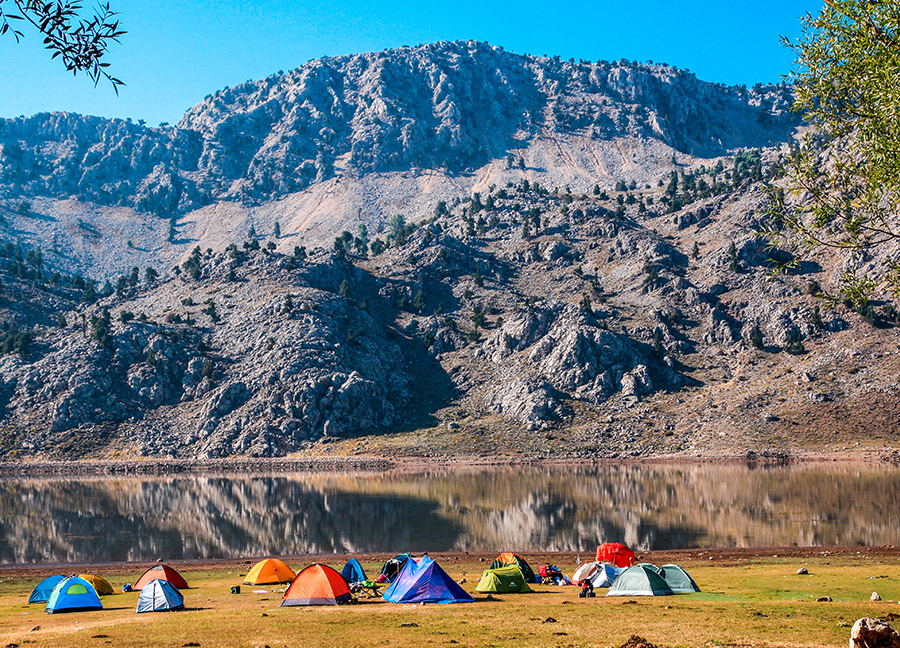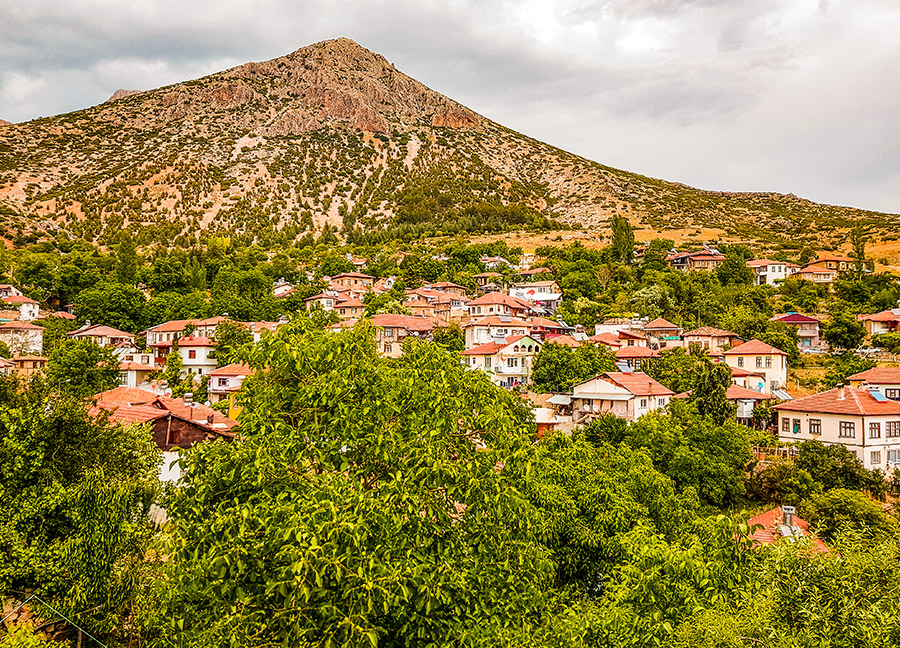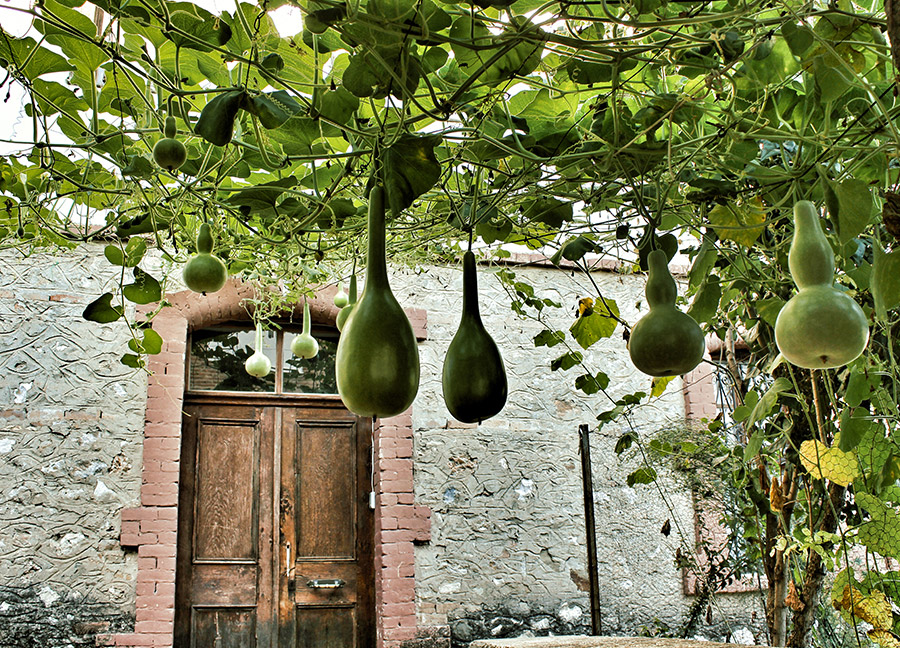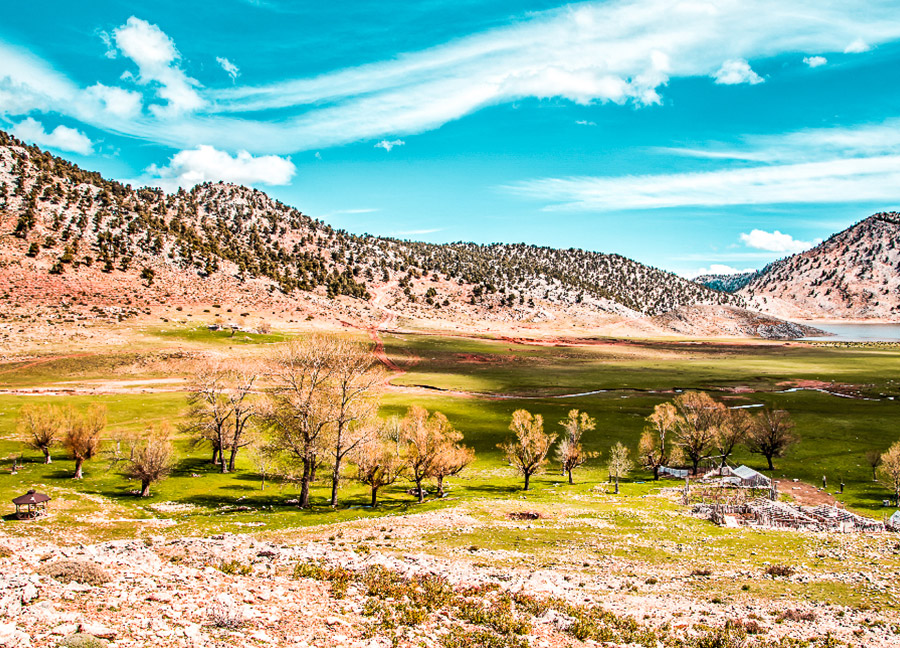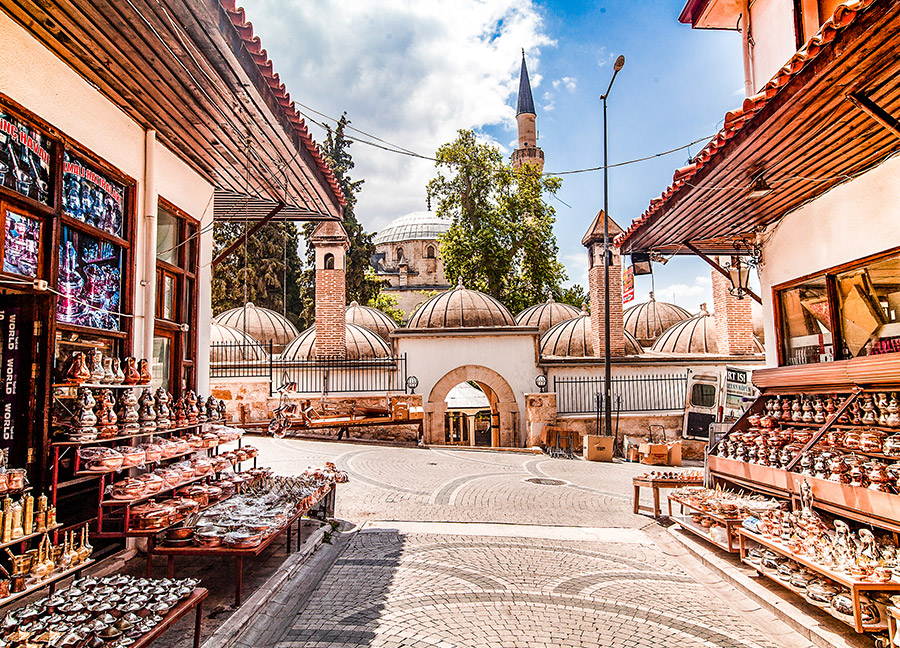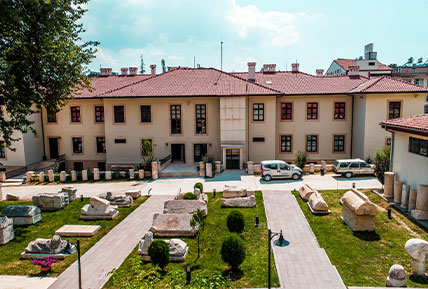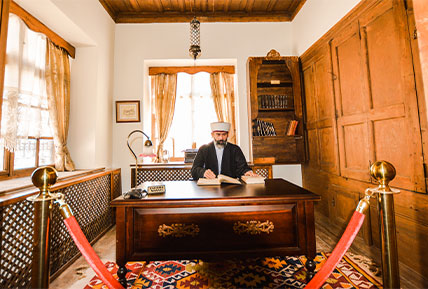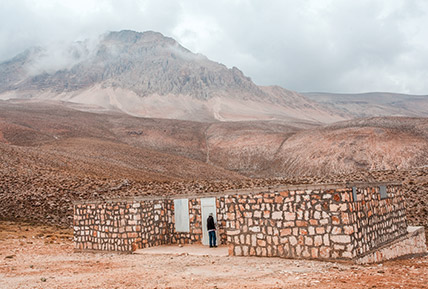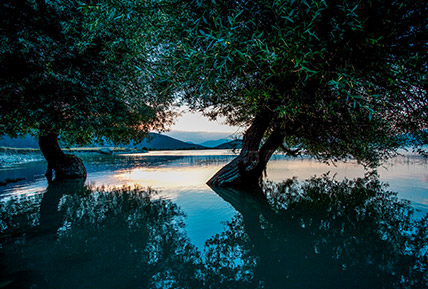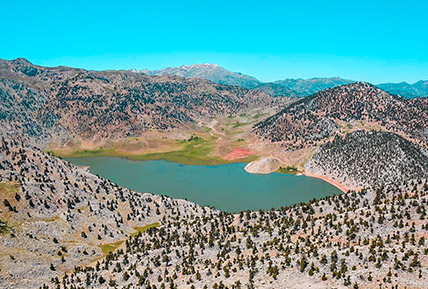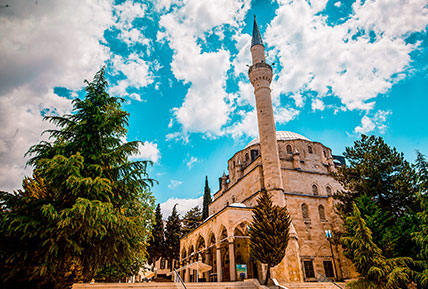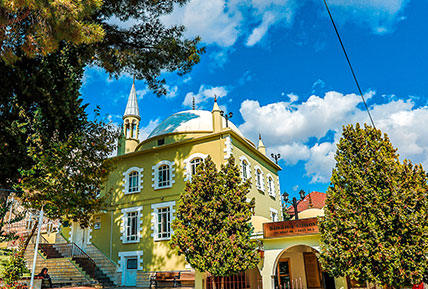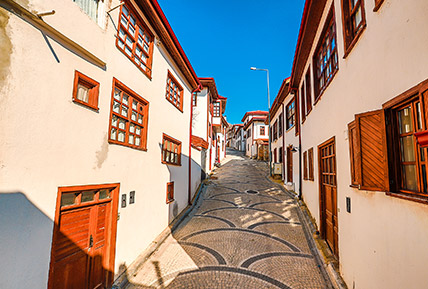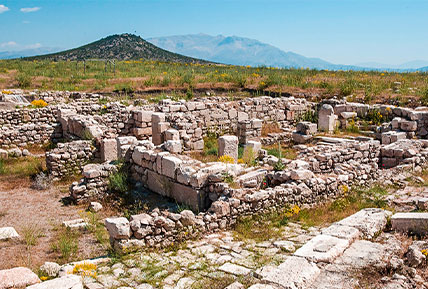Artifacts with historical and cultural texture, unique natural wonders, local flavors, and traditional festivals await you in Elmalı.
Elmalı is approximately 114 km away from Antalya's city center. It is established on the southern skirts of Elmalı Mountain, whose height reaches 2.503 meters. The district is bordered by Korkuteli in the north, Kaş and Finike in the south, Kumluca in the east, and Muğla in the west.
The district was formerly known by names such as Kabalı and Emelas. It has a deep-rooted history dating back to the Lycians who lived in the region in the 5th century BC. The region, where traces of many civilizations are, lived through the Roman, Byzantine and Seljuk Periods. It came under the rule of the Ottoman Empire during the reign of Yıldırım Bayezid and became the residence of the Teke Pashas.
Elmalı is on a highland between the Taurus Mountains. It is at an altitude of up to 1150 meters above sea level. With its cool and clean highland air, the district is an escape from the summer heat of Antalya and neighboring districts. The district's economy is based on agriculture and animal husbandry. It comes to the fore with fruit production. Approximately 14% of Turkey's apple production belongs to the district.
Among the prominent flavors of the district has a rich culinary culture. There are regional dishes such as okra with filet, juicy salad, Arabaşı soup, tas kebab, kölle and flour halva.
Weaving and handicrafts are very developed in the district. In Elmalı, where the traces of the nomadic culture can be seen, sackcloth rugs with rich colors and motifs and woven from goat hair are quite famous for their durability. Woodworking, coppersmithing, goldsmithing, blacksmithing and stonework are also intense occupations.
The region is very rich in vegetation. It has a unique nature, mainly covered with cedar forests. It is approximately 55 km from the district. At a distance of 15,889 hectares, Çığlıkara Forest attracts nature lovers by hosting many different tree species.
Blended with history and culture, Elmalı is a district that builds a bridge between the past and the present, successfully preserving its traditional values and transferring them to future generations. The district has many alternatives to cultural tourism since to the historical and archaeological structures within its borders besides traditional festivals and festivities. Historical Elmalı Yeşilyayla Oil Wrestling Wrestling, Elmalı – Tekke Village Abdal Musa Festivals, and Hıdrellez Festivals welcome hundreds of visitors every year and make the participants experience colorful moments.
Historical Elmalı Houses reflect the Anatolian culture, Semahöyük and Müren Mounds reveal the traces of various civilizations and prehistoric times. Mausoleums is decorated with mosaics and frescoes, tumuli, mosques bearing traces of the Seljuk and Ottoman periods are among the main richnesses of the district that are worth seeing.
Elmalı has a unique atmosphere where you can experience yesterday and today while getting lost in an authentic texture.
EDITOR'S NOTE:
Do not leave Elmalı!
Before closely examining the characteristic textures of the historical Elmalı Houses. They are decorated with original motifs and have a bay window adorning the old and narrow streets of the district with their history of at least 500 years,
Before discovering the ruins of the ancient city of Choma, which was used as a settlement in the Copper, Early Bronze and Iron Ages and Hellenistic, Roman and Byzantine Periods, which were found in 3000 BC,
Before visiting the Elmalı Museum, where eight exhibition halls and numerous archaeological artifacts revealing the historical richness of the region are exhibited in a 2400 m2 closed area,
Being alone with nature around Avlan Lake. It hosts many endemic plant species and offers a magnificent richness with its flora and fauna, without witnessing the fascinating landscapes,
Without seeing the Ömer Paşa Mosque. It is one of the most advanced and distinguished examples of the centrally planned - single-domed type of Ottoman Period Turkish Architecture. It is shown among the largest and most magnificent works of Southwestern Anatolia.


